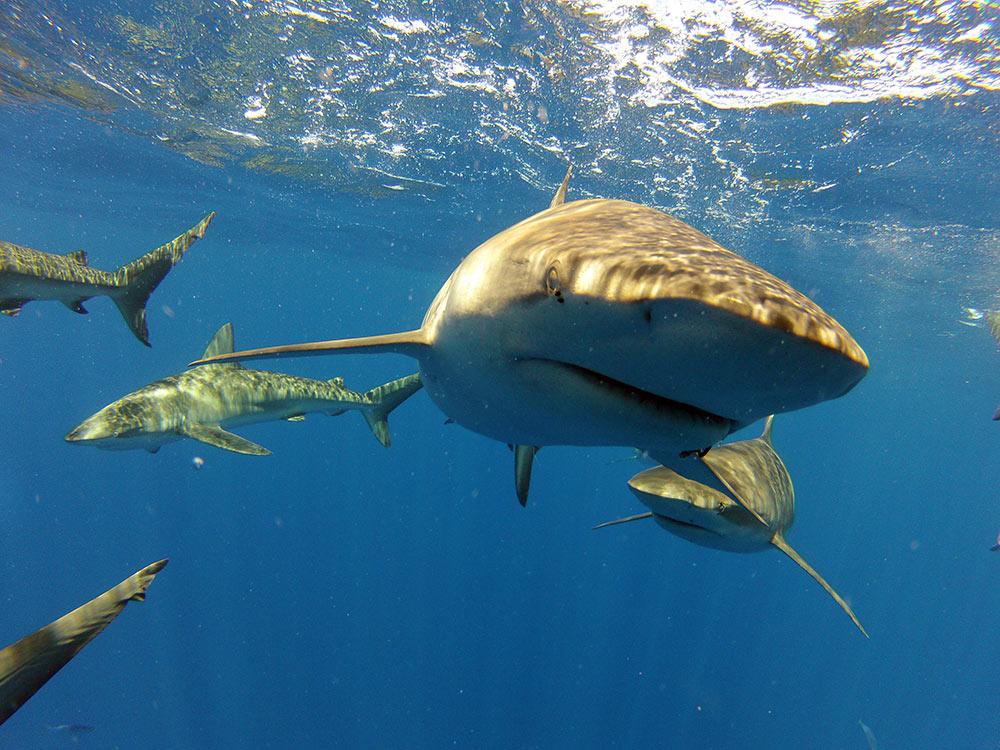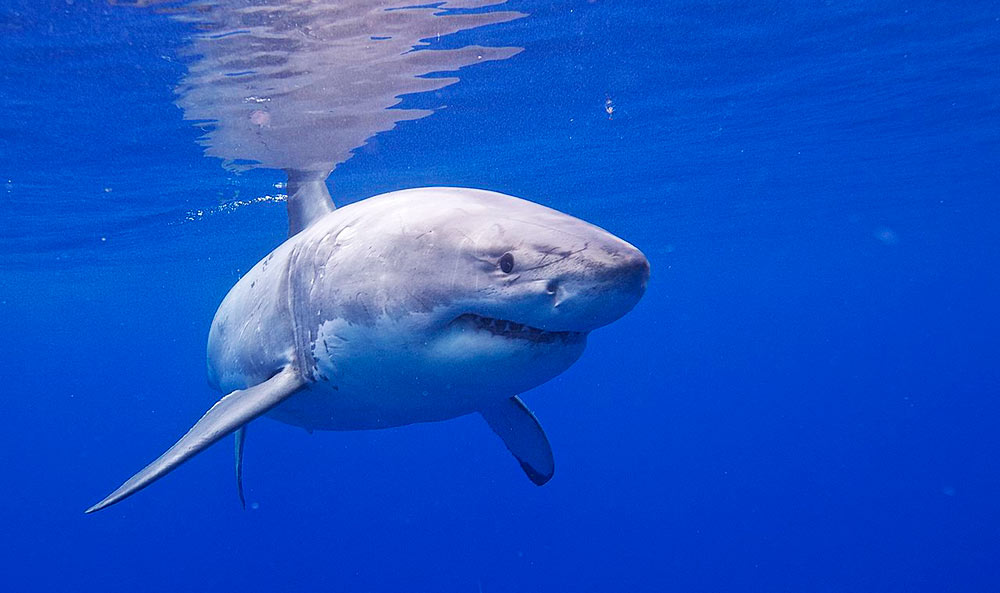4 Shark Myths Debunked!

1. Sharks Eat Humans: FALSE. While sharks may sometimes attack humans, sharks don’t seek out humans for food. When an attack does occur, it’s most likely that the territorially-minded shark has mistaken the human for its actual prey (a seal, for example). In fact, most of the time, shark bites are actually “exploratory bites” in which a curious shark tries to determine if what it’s biting is food.

2. Sharks may not hunt and eat humans, but they’re all vicious predators. FALSE. There are over400 different species, so there’s no such thing as a typical shark. Yet popular opinion tends to veer towards the great white or the hammerhead out of sheer fascination and fear, thus propagating the myth that all sharks are dangerous and bloodthirsty hunters. While those species—and others such as the blue shark or the mako shark—are apex predators that reside on the top of the food chain, there are plenty of other species of sharks that go against the misconception that all sharks are predatory.
Take the dwarf lantern shark, for instance. This little guy, found off the coast of Venezuela and Columbia, is possibly the smallest shark in the world and can fit in the palm of your hand, reaching a maximum length of 21 centimeters. It’s so little of a threat, in fact, that even fishermen discard them if caught because they’re too small. On the opposite end of the spectrum, the whale shark (above)—the largest fish and shark of them all—reaches lengths up to 40 feet or more, and is a migratory filter feeder whose diet consists of mostly plankton

3. If a shark stops moving, it will die. FALSE. Most sharks do not need to constantly swim to breathe or stay alive – but there are some exceptions. Great Whites and the Whale shark do need to keep moving to breathe.

4. Sharks have endless rows of teeth. FALSE. Sharks don’t come out of the womb outfitted with endless rows of teeth. Technically, the serrated and pointy pearly whites just regenerate as needed. A human tooth rests in a socket and falls out once during adolescence. But a shark’s teeth are attached by soft tissue to the skin covering the jaw, and easily fall out if they wear out or break. The teeth in a shark’s mouth are arranged in progressive rows, and should a tooth fall out, the next one behind it moves up to take its spot, like a rotating dental Rolodex. Some sharks can produce up to eight rows of teeth at once, and it takes a shark as little as 24 hours to produce a replacement tooth. With an average lifespan of 20 to 30 years, a shark can use thousands of teeth over its lifetime. Take the spiny dogfish shark, which holds the record for the longest lifespan at 100 years, and we’re looking at quite a lot of teeth!
View the full article here: http://bit.ly/1J3RmKT
NORTH SHORE SHARK ADVENTURES
Haleiwa Harbor
66-105 Haleiwa Rd
Haleiwa, HI 96712
Call 808.228.5900
[:]

